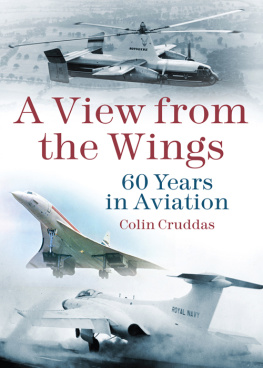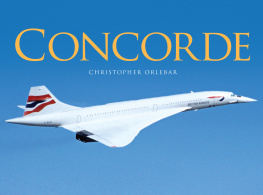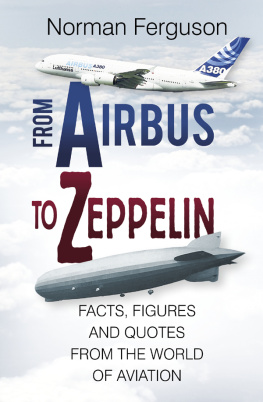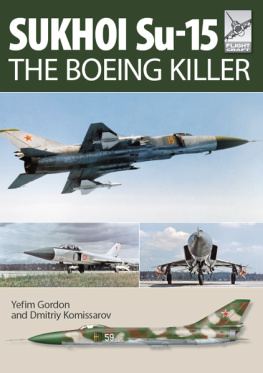A IRBUS A380
Superjumbo of the 21st Century

Guy Norris and Mark Wagner
Dedication
To Mark Hewish (19482005), colleague, mentor, and above all, great friend.
First published in 2005 by Zenith Press, an imprint of MBI Publishing Company, 400 First Avenue North, Suite 300, Minneapolis, MN 55401 USA.
Copyright 2005, 2010 by Guy Norris and Mark Wagner Hardcover edition published in 2005. Softcover edition 2010.
All rights reserved. With the exception of quoting brief passages for the purposes of review, no part of this publication may be reproduced without prior written permission from the Publisher.
The information in this book is true and complete to the best of our knowledge. All recommendations are made without any guarantee on the part of the author or Publisher, who also disclaims any liability incurred in connection with the use of this data or specific details.
We recognize, further, that some words, model names, and designations mentioned herein are the property of the trademark holder. We use them for identification purposes only. This is not an official publication.
Zenith Press titles are also available at discounts in bulk quantity for industrial or sales-promotional use. For details write to Special Sales Manager at MBI Publishing Company, 400 First Avenue North, Suite 300, Minneapolis, MN 55401 USA.
To find out more about our books, join us online at www.zenithpress.com.
2010 softcover edition:
ISBN-13: 978-0-7603-3838-4
Digital edition: 978-1-61060-016-3
The Library of Congress has cataloged the hardcover edition as follows:
Norris, Guy.
Airbus A380: superjumbo of the 21st century / Guy Norris and Mark Wagner.
p. cm.
Includes index.
ISBN-10: 978-0-7603-2218-5 (hardback)
ISBN-10: 0-7603-2218-X (hardback)
1. Airbus A380 (Jet transport). I. Wagner, Mark, 1964 II. Title
TL686.A43 N683 2005
629.133349dc22
2005051078
Editors: Steve Gansen and Lindsay Hitch
Designer: Kally Lane
Printed in China
On the front cover:
The worlds largest airliner in at its public debut Reveal ceremony in Toulouse, France, on January 18, 2005. Mark Wagner
On the frontispiece:
At air shows around the world, models of the A3XX and 747-500X/600X vied for the attention of the attendees wandering the exhibit halls. Mark Wagner
On the title page:
The cross section of the A380 allowed up to 25 containers to be loaded into the upper deck, 33 in the main deck, and 13 in the lower deck. Total available volume, including bulk cargo in the lower aft hold, was a remarkable 1,240 cubic yards. Mark Wagner
On the back cover:
Some idea of the structural scale of the A380 can be glimpsed in this impressive view of the completed fuselage center section 15/21 of MSN006 at Saint-Nazaire, France. Measuring just over 28 feet tall and 23 feet, 5 inches wide at its widest point, the lower part of the section is also configured with support struts for the belly fairing that is attached during final assembly in Toulouse. Mark Wagner
With the bulk of the early flight test program responsibilities on its shoulders, MSN001 was expected to conduct about 600 hours of the planned 2,100-hour test effort for the Trent 900-powered A380. This program would also involve three other aircraft: MSN002, 004, and 007. Mark Wagner
MBI Publishing Company would like to thank Airbus for providing images from the following:
exm/H. Gouss; P. Masclet: (lower)
i3M: (upper)
About the Authors
Guy Norris is the award-winning senior editor for Aviation Week & Space Technology magazine. He has previously been U.S. West Coast editor for Flight International, technical editor for Flight, and London correspondent for Interavia magazine, and has authored numerous aviation books.
Mark Wagner, MRAeS, is a specialist aviation photographer and pilot. He works as chief photographer for the international photo agency Aviation-Images.com as well as for many aerospace, editorial, and advertising clients worldwide. He is an Aviation Week & Space Technology photo award winner and is based in London with his wife, Stephanie, and children, Henry and Polly.
T ABLE OF C ONTENTS
A CKNOWLEDGMENTS
We are deeply indebted to the countless Airbus employees, past and present, who helped bring this project to life. For recounting the highlights of the design, engineering, and marketing story, we thank Jean Roeder, Jerome Pora, Frank Ogilvie, Colin Stuart, and Wolf-Dieter Wissel. For opening doors and helping us along the way, we thank Barbara Kracht and her fine communications team. In particular, thanks to David Velupillai, Debra Batson, Daniel Bled, Rolf Brandt, Mark Challoner, Nadine Coedel, Laetitia Combes, Ann De-Crozals, Yannick Delamarre, Daphne Dewachter, Francois Fournier, Fabian Guerrero, Mathilde Graux, Jose Luis Hormigos, Jean Michel Janniere, Georges Lecoq, Francoise Maenhaut, Karen Mitchell, Sylvia Philp, Tore Prang, Fabienne Royet, Caroline Tabbernee, and Suzane Zlaket. Also to Dietmar Plath for his desktop model and to Rick Kennedy, Deb Case, Jim Stump, and Mark Sullivan of the GeneralElectric/Pratt and Whitney Engine Alliance. Also Janina Cross, Robert Nuttall, Alistair Coast Smith, Andrew Siddons, and Martin Johnson of Rolls-Royce. We would like to thank Mary Kane and Tom Lubbesmeyer of Boeing, as well as Caroline Harris of Smiths Industries, Thomas Niepel, Martin Butler of Goodrich, Lori Krans of Hamilton Sundstrand, and Erich Wagner. For help with research, we thank Rob Grundy, Stuart Buchan, and Joe Wollner, and to Graham Warwick for help with proofreading. Thanks also to colleagues and friends at Flight International, including Andrew Doyle, Max Kingsley Jones, Murdo Morrison, Chris Thornton, and Paul Gladman. For patience, help, and understanding, our gratitude goes to Stephanie Day and Anna Ravelo, as well as to Henry Wagner; Tom and Greg Norris; Christopher, Daniel, and Lia Ravelo. Last, but not least, we extend our gratitude to Scott Stickland at aviation-images.com and a special thanks to Steve Gansen and Lindsay Hitch at MBI Publishing Company.
P ROLOGUE
Sowing the Seeds of a Superjumbo
In the warm summer of 1988, a small group of advanced project engineers in Airbus Industries Toulouse headquarters gathered around a table to study rough sketches of something few of them really believed would ever be built.
It was a giant aircraft capable of carrying more than 800 passengersan unprecedented behemoth of a jetliner that would one day challenge the mighty Boeing 747, the latest -400 version of which had just started flight tests in the United States. This group of engineers specialized in future projects, and crazy ideas were their bread and butter; but until then none of them had seen proposals for anything quite so large, so bold, so audacious, and so top secret.
Only this small group, working for the New Product Development and Technology branch of Airbus, knew of the project, dubbed the ultra-high-capacity aircraft (UHCA). At this stage, the projects existence was totally unknown to the rest of the consortium, including the leadership of Airbus.












